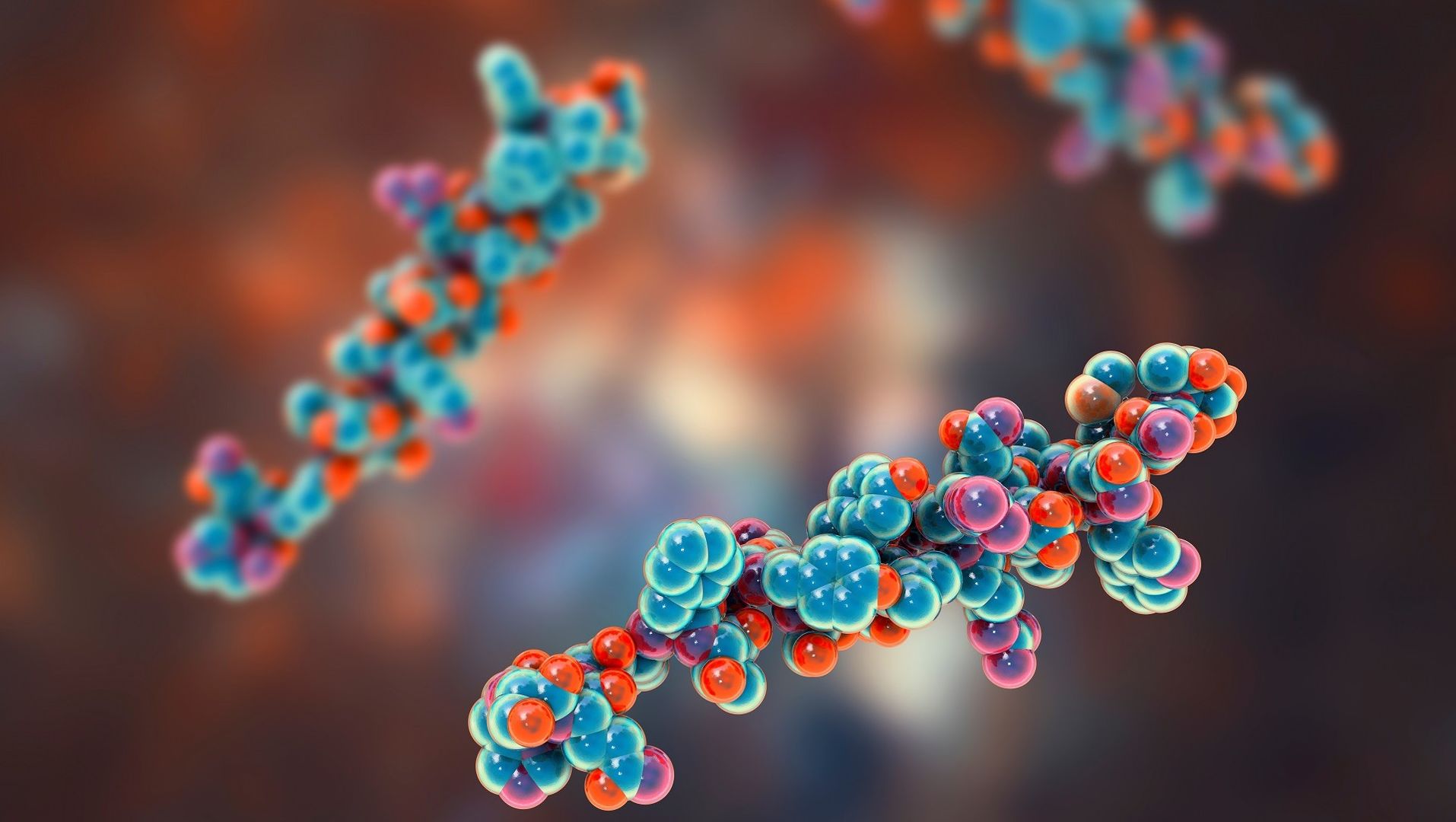Creative Proteomics is pleased to offer the Protease Prediction Service, a cutting-edge solution for accurate and efficient prediction of protease cleavage sites. Proteases play a critical role in various physiological and pathological processes by cleaving peptide bonds in proteins. Accurate prediction of protease cleavage sites aids in understanding protein processing, functional analysis, and drug discovery. Our Protease Prediction Service utilizes advanced computational algorithms and machine learning techniques to predict protease cleavage sites with high accuracy and reliability.
What is Protease Prediction?
Protease prediction is the process of predicting the presence and location of proteases in protein sequences. These proteases, being enzymes that fragment peptide bonds, are of paramount importance in diverse biological processes encompassing digestion, immune response, and cell signaling. Computational algorithms employed in protease prediction methods scrutinize protein sequences exhaustively and discern prospective sites for protease cleavage. These algorithms meticulously scrutinize an array of characteristics, including amino acid composition, secondary structure, and sequence motifs, to ascertain the probability of protease activity at specific positions within a protein sequence. Accurate protease prediction can provide insights into protein function and help in understanding disease mechanisms associated with protease dysregulation. It is also useful in drug discovery and design, as proteases are attractive targets for therapeutic intervention.
Protease Prediction Services by Creative Proteomics
- Protease Cleavage Site Prediction
Our service is designed to predict potential cleavage sites for various proteases. We offer predictions for both general proteases and specific proteases based on your requirements.
- Substrate Specificity Analysis
We analyze the substrate specificity of proteases to identify the preferred cleavage motifs. This analysis helps in understanding the preferences and specificities of proteases, leading to better prediction accuracy.
- Database Search
Our service includes a comprehensive search of protease cleavage databases to facilitate comparative analysis and validation of predicted cleavage sites.
- Prediction Assessment
We provide an assessment of the reliability and accuracy of the protease cleavage site predictions. This assessment helps in evaluating the quality of predictions and enhancing confidence in the results.
Why Choose Us?
- Non-antibody dependent, peptide detection is non-biased and has higher throughput;
- Our scientists can perform sequence identification and quantitative analysis of peptides at the same time;
- Based on high-precision mass spectrometry, higher resolution, sensitivity and repeatability;
- We use the De Novo method, which can identify known peptides and detect unknown peptides to find new active peptides.
Applications of Protease Prediction Services
- Biomedical Research: The prognostication of proteases can facilitate the endeavors of scholars in comprehending distinct proteases, their substrates, and their involvement in physiological and pathological procedures. This, in turn, expedites inquiries into their roles in the realm of cellular and molecular biology.
- Comparative Genomics: The comparative scrutiny of outcomes derived from prognosticating proteases amongst disparate species or protein families can assist in the comprehension of evolutionary connections, the preservation of gene functionality, and the recognition of enduring proteolytic pathways.
- Protein Engineering: By prognosticating the precise sites of protease cleavage, one can potentially fashion proteins with altered resilience or regulated proteolytic activity. This consequently fosters the development of enhanced biotechnological applications.
- Disease Mechanism Elucidation: The prognostication of protease cleavage sites can aid in unraveling the molecular mechanisms that underlie these ailments, and contribute to the identification of innovative diagnostic indicators and therapeutic strategies.
Our Analysis Techniques
We employ a combination of advanced computational algorithms and machine learning techniques to accurately foresee the locations where proteases will cleave. Our methodology integrates features derived from sequencing, structural information, and substrate specificity analysis to maximize the precision of our predictions. The principal methods employed in our protease prediction service are as follows:
- Sequence Analysis: We utilize attributes based on the sequence itself, such as amino acid composition, physicochemical properties, and position-specific scoring matrices (PSSMs), in order to identify potential sites of cleavage.
- Substrate Specificity Profiling: We examine the distinct preferences of proteases through various computational techniques, including motif analysis, hidden Markov models (HMMs), and sequence logo representations. This analysis aids in uncovering the prevailing motifs for cleavage.
- Machine Learning Algorithms: Our approach incorporates cutting-edge machine learning algorithms, such as support vector machines (SVM), random forests, and deep learning models, to train prediction models based on annotated data. These models are subsequently employed to accurately anticipate protease cleavage sites.
Our Capabilities of Bioinformatics Analysis
- Site visualization
- Functional activity prediction
- Structure prediction
* For research use only. Not for use in diagnostic procedures!
Our customer service representatives are available 24 hours a day, 7 days a week.


